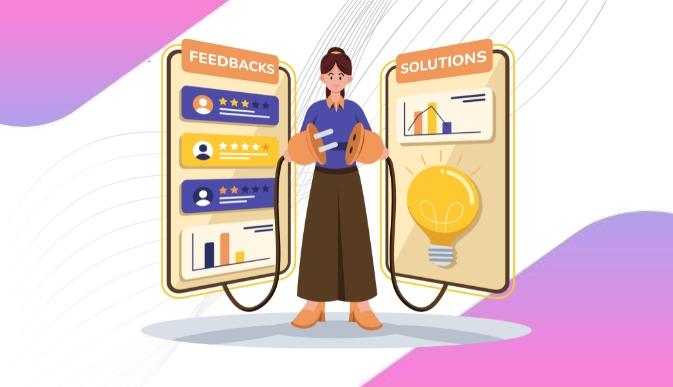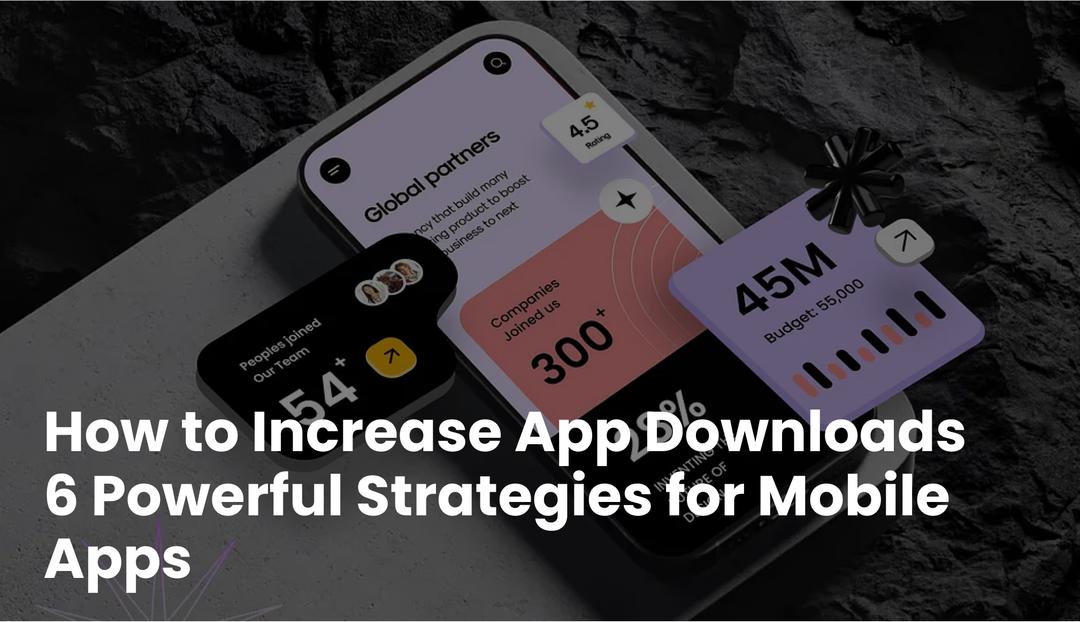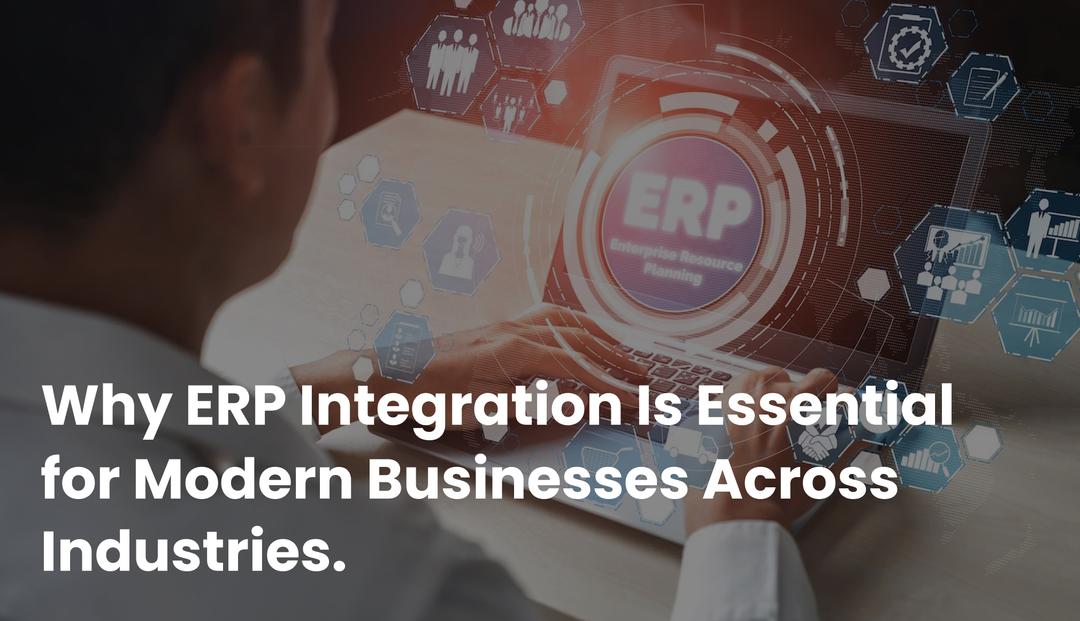The right payment gateway for mobile app must be really hard for you because there are so many options available in the market already that is why we are here to guide you what your real path is and where it could take you towards, You know, mobile apps are more than just tools in today’s digitally native world; they are the heart of our subscription, shopping, and communication processes. Whether your app is an on-demand service, subscription-based platform, or e-commerce store, it must process payments flawlessly.
BitsWits assists companies in creating mobile applications that are seamless, safe, and in addition to being aesthetically pleasing as well as useful. However, selecting the appropriate payment gateway can make or totally ruin your user experience when it comes to seamless transactions. We’ll go over the top payment gateways for mobile apps in 2025, their significance, and how to choose one that works best for your company in this comprehensive guide.
What Is a Payment Gateway?
Let’s begin with the basics first. A payment gateway is a comfortable technology that permits payments to be made between your app and the bank or credit card company of your users and clients. Consider it the unseen go-between ensuring that the money is transferred from your client to your company in a timely and safe manner.
Whether a user buys a digital subscription, a physical product, or any service through your app, the payment gateway assembles their information, encrypts it, forwards it to the appropriate location for validation, and validates the transaction.
Get Your Perfect Payment Setup
Say goodbye to failed transactions and lost users. We’ll help you implement a gateway that works smoothly—every time
Start Now
Why the Right Payment Gateway Is Crucial for Your App
You put a lot of effort into creating an amazing app. However, you lose both money and customers’ trust if they have trouble checking out, are hesitant to enter their card information, or have unsuccessful transactions, just put the correct payment gateway for them and make them feel relaxed.
A top-notch payment gateway guarantees:
- Secure, quick, and easy transactions
- Assistance with the preferred payment methods of your users
- Recurring billing or subscription options, if necessary;
- Fraud prevention and security compliance (such as PCI DSS);
- Minimal friction during checkout
Also Read: How to Avoid Bad Mobile App Developers and Hire the Best
What to Look For in a Mobile Payment Gateway
The fact is every gateway is not created equal. Before making a choice, the below following features should be taken into account by any app developer or business owner:
- Mobile Optimization: A smooth user interface on tiny screens and mobile SDKs (software development kits) should be provided by the gateway.
- Security: Check for features that detect fraud, data encryption, and PCI compliance.
- Speed: Nobody enjoys having to wait. Select a gateway that has a fast payment processing speed.
- Flexibility in Payment: Consider options other than credit cards; your users may prefer to pay with PayPal, Apple Pay, Google Pay, or local methods.
- International Support: Make sure the gateway accepts a variety of currencies if your audience is international.
- Subscription Tools: Verify that the gateway allows automatic billing if your app depends on recurring payments.
I used two methods to assess these platforms. For individuals using self-service registration, For those with self-service sign-up,
Best Payment Gateways for Your Business [Quick Overview]
| Payment Gateway |
Best For |
Standout Feature |
Pricing |
Website |
| PayPal |
First-time users |
Extremely simple setup |
3.5% + $0.49 per U.S. credit card transaction (varies by type/currency) |
Visit PayPal |
| Stripe |
Accessible analytics |
Flexible tools and plugins |
2.9% + $0.30 per online credit card transaction |
Visit Stripe |
| Shopify Payments |
eCommerce stores |
All-in-one eCommerce solution |
Starts at 2.9% + $0.30 per transaction; requires Shopify plan from $39/mo |
Visit Shopify Payments |
| Square |
Online and offline sales |
Includes a basic website builder |
2.9% + $0.30 per online credit card transaction |
Visit Square |
| HubSpot Payments |
B2B sales |
Simplifies billing with payment links |
2.9% per transaction; needs HubSpot CRM Starter (from $20/mo) |
Visit HubSpot Payments |
| Helcim |
High-volume sellers |
Interchange pricing with volume discounts |
Avg. 2.49% + $0.25 per transaction; lower rates for high-volume sellers |
Visit Helcim |
Best Payment Gateways for Your Business [In-depth Overview]

Stripe: Top Payment Processors with Easy-to-Use Analytics Tools
With good reason, Stripe is frequently the first name that comes to mind when considering payment solutions. It is perfect for contemporary mobile apps because it is feature-rich, stable, and developer-friendly.
Stripe supports more than 135 currencies and provides simple iOS and Android integration. Additionally, it works with local payment methods and all of the major digital wallets, which is very beneficial if you’re expanding globally.
Stripe’s comprehensive documentation and adaptable APIs make it a favorite among developers. While upholding strict security guidelines, you can design customized checkout processes that complement the appearance of your app. Additionally, Stripe Radar offers a strong degree of fraud protection.
However, non-technical founders might find Stripe a little overwhelming. Additionally, even though its prices are reasonable, if you’re processing a lot of transactions, fees can add up lots of small transactions.
PayPal/Braintree: Best Online Payment Solutions for First-Time Users
PayPal (and its gateway service Braintree) is a good choice if you want the security of a brand that people are familiar with and trust. All of the main payment methods, including credit/debit cards, PayPal, Venmo, Apple Pay, and Google Pay, are supported by Braintree, which also powers one-touch payments.
Its UX is designed for a seamless checkout process, and its mobile SDKs are easy to integrate. Strong tools for transaction analytics, fraud control, and subscription billing are also included.
Support response times can differ, though, and some companies have encountered unexpected account freezes or holds. If you depend on real-time revenue, you should think about it.
Adyen: Enterprise-Level Power for Fast-Growing Apps
For businesses looking to reach a worldwide audience with a high transaction volume, Adyen is frequently the preferred gateway. It combines online, mobile, and in-store payments under one roof and accepts more than 250 payment methods.
Apps wishing to enter new markets without assembling local gateways will find it ideal. The highly sophisticated and AI-driven risk management tools from Adyen aid in identifying fraudulent activity while preserving user confidence.
The drawback? Adyen works best for medium-sized to large businesses. It’s not the most economical choice for small startups, and its setup can be more complicated.
Square: Top Rated Solution for Processing Payments Online and Offline
If your app facilitates local businesses or combines online and offline transactions, Square is a perfect fit. It is ideal for new endeavors because it is simple to use and doesn’t impose monthly fees.
Square’s mobile SDKs make it easy to begin taking in-app purchases. Additionally, it has sales analytics, inventory tools, and a simple dashboard that appeals to non-tech founders.
Just bear in mind that Square lacks Stripe’s or Adyen’s extensive customization features and has less international support..
HubSpot Payments: Best Online Payment Processing System for B2B Sales
Efficiency and simplicity are crucial in business-to-business transactions. Because it assists companies in cutting out pointless steps from the billing process, HubSpot Payments stands out as the top online payment processing system for business-to-business transactions. HubSpot enables you to send expert payment links straight from your CRM, which makes it simpler for clients to make payments without any hassles, whether you’re running a consultancy, offering workshops, or providing any other B2B service.
Any proposal can be converted into a payment link in a matter of seconds with HubSpot Payments. Payment buttons can also be incorporated into landing pages, blogs, and emails. You can close deals more quickly and get payments where your clients are most interested thanks to this flexibility.
As a component of the larger HubSpot Commerce Hub suite, indicating that you can manage your transactions, content, and customer relationships all from one location. Stripe powers the actual processing, but HubSpot charges a simple 2.9% per transaction; if you keep the processing in-house, there are no additional costs.
Remember that if you link your Stripe account to HubSpot independently, both platforms will charge you, making your overall cost 3.4% + $0.30 per transaction.
- Easily convert deals into payment links
- Integrated payment buttons into any channel or piece of content
- Smooth interaction with HubSpot tools and CRM
Helcim: Best Payment Gateway for Interchange Pricing & Volume Discounts
Helcim is a wise option if your company handles a lot of transactions. In terms of interchange pricing and volume-based savings, it is our number one choice for the best online payment processing service. Helcim is made to expand with you, providing robust features and adjustable pricing for companies that process a lot of payments.
Helcim employs a “Interchange Plus” pricing model in place of flat fees. This implies that you pay a small markup from Helcim in addition to the actual interchange fees set by credit card companies (such as Visa, Mastercard, or American Express). The base network fees, for instance, could be 2.0% for a Visa Corporate card or 1.1% for a Mastercard International card. After that, Helcim adds their markup according to your monthly volume.
- For monthly transactions under $50,000, 0.50% + $0.25
- As low as 0.15% + $0.15 per transaction for over $1 million per month
This works out to roughly 2.49% + $0.25 per transaction for the majority of businesses. Compared to flat-rate competitors, you could save a significant amount if your clients frequently use less expensive card networks.
The overall experience, for both you and your clients, is another important aspect. Hence, Helcim provides a smooth checkout process, robust reporting capabilities, and a clear, user-friendly dashboard.
Clear, cost-effective pricing; a seamless user interface and thorough reporting; and suitability for large retailers
Authorize.Net: The Ideal Payment Solution for Growing Businesses
One of the older gateways, Authorize.Net, has been in operation for many years. It is renowned for its dependability and robust security and is backed by Visa.
Authorize.Net is a reliable option for well-known brands venturing into the mobile market. It facilitates customer data management, fraud detection, and recurring billing.
Its setup procedure is a little more conventional, though, and its dashboard and design might seem outdated. It works best for companies that value security over ostentatious design.
How BitsWits Helps You Integrate Payment Gateways
Selecting a payment gateway and properly integrating it are two different things. Our team at BitsWits can help with that.
Having integrated payment gateways into hundreds of mobile apps, we are well-versed in how to ensure a seamless, safe, and scalable process. Stripe, Braintree, Adyen, and other SDKs and APIs are used by our developers. From PCI compliance and production launch to configuration and sandbox testing, we take care of it all.
This is how we go about it:
1. Understanding Your Business Model: We determine whether you require subscriptions, one-time purchases, or multi-vendor arrangements.
2. Suggesting the Best Gateway: Depending on your target audience, we evaluate cost, usability, and regional support.
3. Secure Integration: Focus on your users while we take care of the backend.
4. Testing and Optimization: We ensure that the checkout process is frequent, error-free, and intuitive.
Also Read:How to Integrate AI and ML in Enterprise-Level Applications
Mistakes to Avoid When Choosing a Payment Gateway
When you make the incorrect choice that can result in unforeseen hassles, whereas choosing the right payment gateway is important for the expansion of your company. Despite the fact that many platforms are trustworthy for many, but they might not be appropriate for your particular use case, technical skill level, or industry.

Make sure to consider these important red flags before making any choice for you:
1. Complicated pricing and hidden fees
The pricing structures of many payment platforms are complex and full of “if-this-then-that” scenarios. Depending on your industry or sales channels, fees may change. Examine their pricing page thoroughly to determine how much you will actually pay. Keep an eye on your transaction fees during the first few months of use to make sure they meet your needs.
2. Weak Security Practices
When processing consumer payments, security should never be compromised. Verify that the platform offers details about its security procedures and complies with PCI-DSS. For safety reasons, providers won’t divulge every technical detail, but a lack of openness is concerning. Select a gateway that explains in detail how it safeguards private information.
3. Untrustworthy Customer Service
Not every company has a tech team on staff. Verify the available support channels (phone, email, and live chat) and their hours if you anticipate needing continuous assistance. A responsive, trustworthy support staff is essential, particularly in the event that problems occur during integrations or transactions.
4. Negative Review Patterns
Any software will inevitably have a few negative reviews, however, keep an eye out for ongoing complaints. A deeper, systemic issue with the platform may be indicated if multiple users bring up the same issues, just like frequent outages, subpar customer support, or billing problems.
How Do Payment Processing Platforms Manage Disputes and Chargebacks?
When any consumer contacts their card issuer to reverse a transaction, it’s known as a payment dispute, or chargeback. These conditions may occur for a number of reasons, including:
- The client was charged more than expected.
- The buyer is willing to keep the item and receive a refund
- The customer’s credit card was hacked and fraudulently used
- Any family member or friend made the purchase without their consent.
The card issuer will contact the merchant (you) to request evidence that the transaction was legitimate after a dispute is submitted. Evidence such as order confirmations, tracking numbers, or receipts must be presented. The card issuer will determine who is at fault based on your documentation and the customer’s claim.
Notably, the majority of payments Regardless of whether you win or lose the case, platforms like Stripe charge a $15 dispute fee.
How to Reduce the Risk of Payment Disputes
Although chargebacks cannot be totally avoided, you can lessen their probability by following these wise guidelines:
- Be open and honest about the cost. During checkout, all costs and fees should be clearly displayed. Any last-minute surprises could result in unhappy customers and arguments.
- Compile thorough client data. Ask for a complete billing address, postal code, and email verification or account creation to go beyond simple credit card information. Your case will be stronger in the event of a dispute if you can confirm more details.
By staying proactive and maintaining transparency, you can minimize disputes and protect your revenue from unnecessary chargeback losses.
Future-Proof Your Mobile Payments
Stay ahead with secure, scalable, and user-friendly payment integration.
Talk to an Expert
Your Next Step With BitsWits
Your mobile app’s success doesn’t end with excellent functionality or design; it continues when users click “pay.”
By using the appropriate payment gateway, you can provide a seamless, safe, and reliable experience that encourages users to return.
Fast, secure, and scalable mobile app development and payment gateway integration are our areas of expertise at BitsWits. Our team is prepared to assist you with the launch of a new app or the optimization of an existing one.
FAQs










